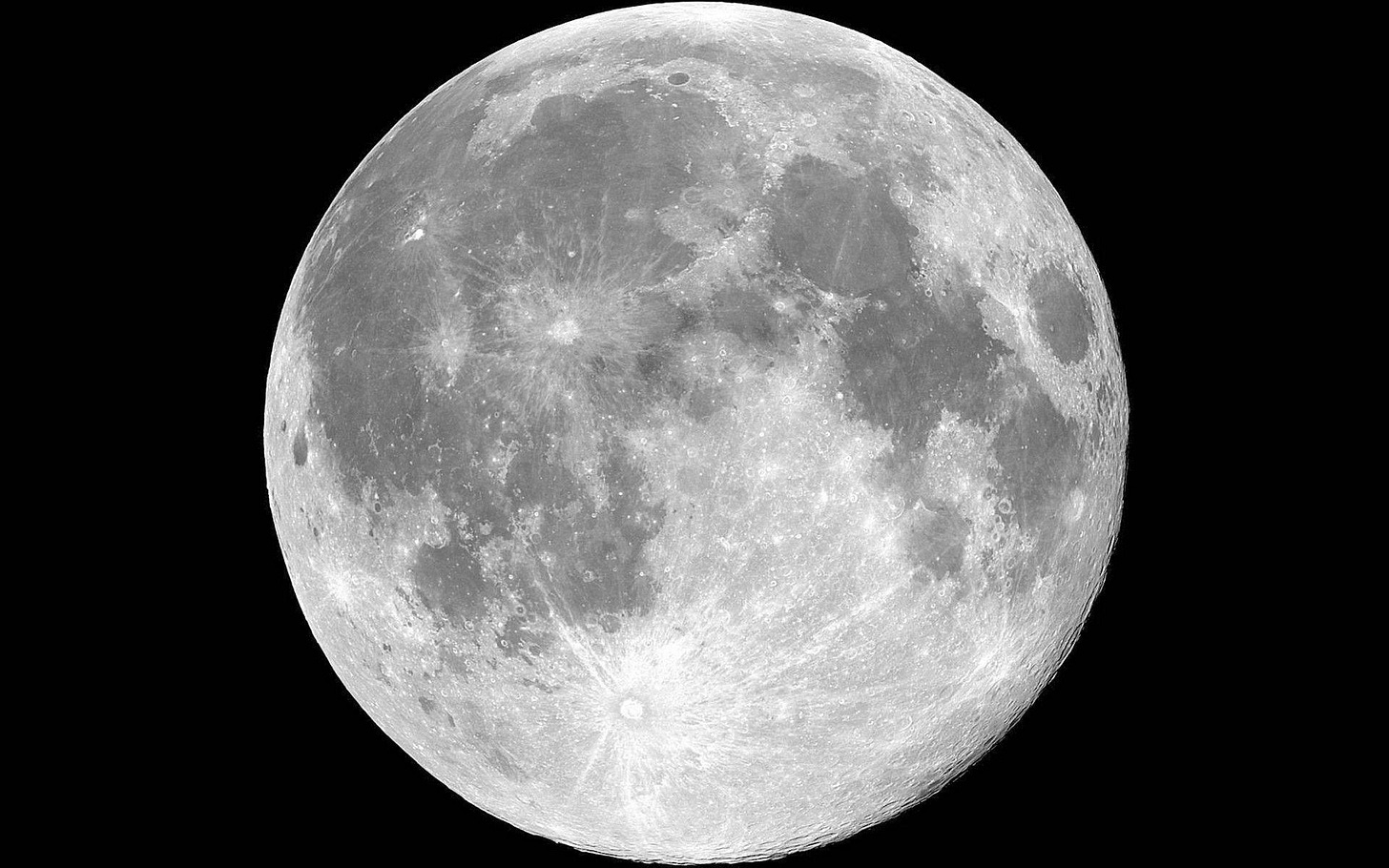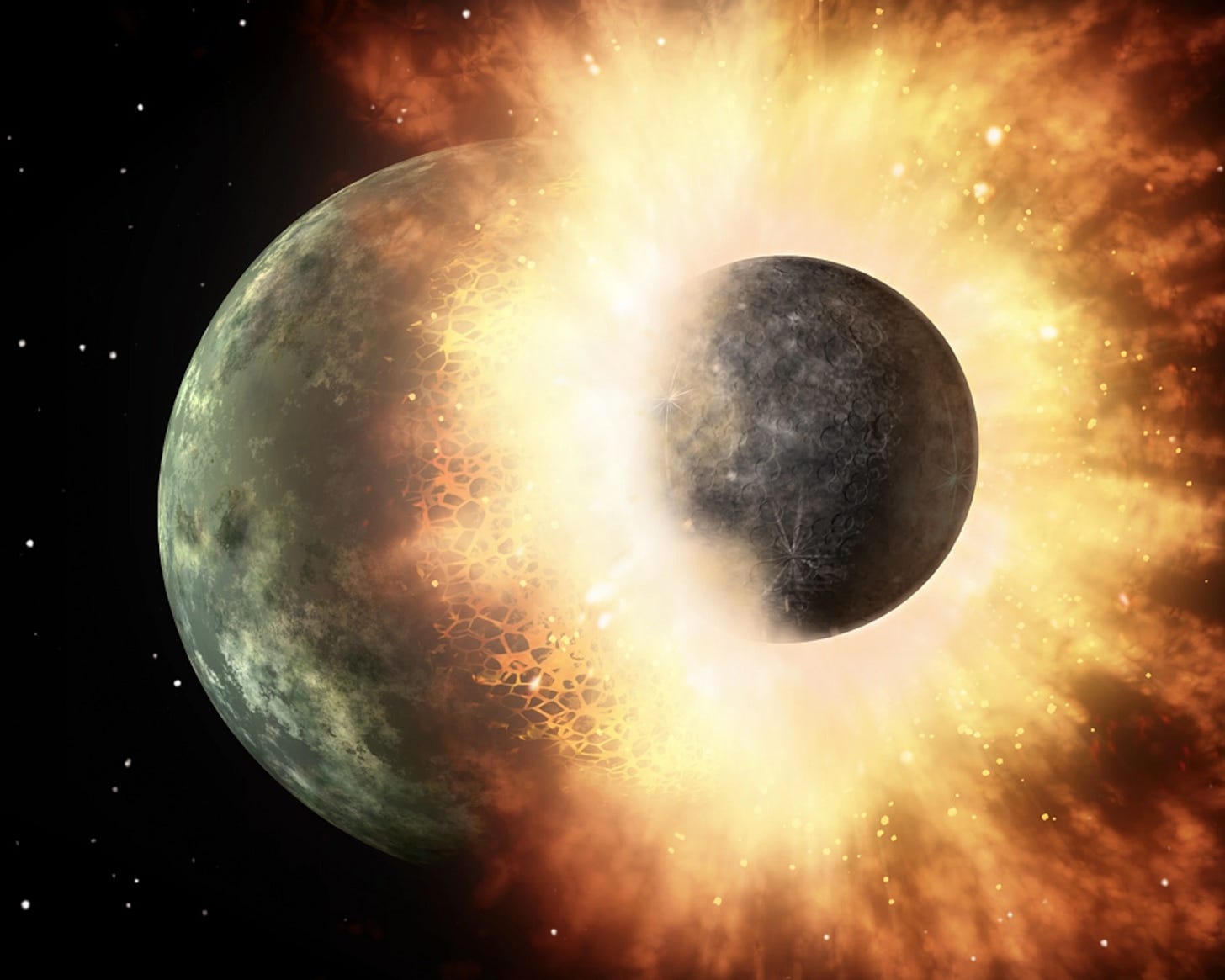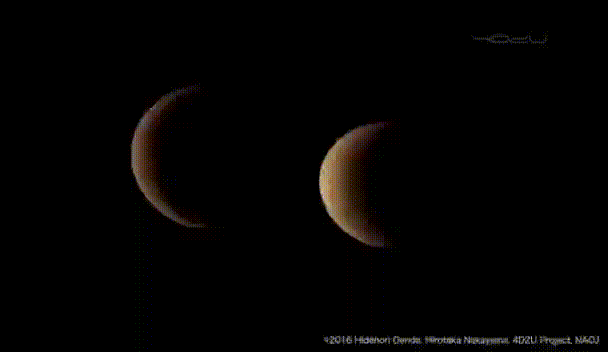Greetings, fellow scientist
The Sun loves the Moon so much that he dies every night to let her breathe. And in return she reflects his love. - Jeffrey Fry

Moon is Earth's only natural satellite. It is the largest celestial object which we observe in the night sky. Moon helps us light up most of our nights by reflecting sunlight, causes low and high tides and is one of the important aspects of human existence.
Have you ever wondered how our Moon came into existence?
The most accepted answer to this question is the Giant Impact Hypothesis, also known as Theia Impact or the Big Splash.
What is the Giant Impact Hypothesis?

It proposes that nearly 4.5 billion years ago (which is about 100 million years after the formation of our Solar System), a Mars-sized planet called “Theia” collided with the primitive Earth. Due to a direct impact between the two bodies, both the planets got mixed up thoroughly. Our Moon was formed with the coalescing of the debris ejected by the violent collision.
Evidence to support the hypothesis

Earth's spin and the Moon's orbit have similar orientations.
The momentum in Earth's rotation and the Moon revolving around Earth is significantly higher than the other terrestrial planets. A giant impact may have supplied this excess momentum.
Moon samples indicate that the Moon was once molten down to a substantial, but unknown, depth. This needs extremely high energy and such a giant impact could provide this energy.
There is evidence in other star systems of similar collisions, resulting in debris discs.
Giant collisions are consistent with the leading theory of the formation of the Solar System.
The stable-isotope ratios of lunar and terrestrial rock are identical, implying a common origin.
Data from Computer Simulations
Computer simulations suggest that Theia’s initial velocity was below 4 km/s and further increased to over 9.3 km/s as it fell at impact at an impact angle of about 45°. However, oxygen isotope abundance in lunar rock suggests "vigorous mixing" of Theia and Earth, indicating a direct impact angle (0°).
After impact Theia’s core sunk into Earth’s core and Theia’s mantle got mixed with Earth’s mantle. But a significant amount of mantle from Theia and Earth got ejected into orbit around Earth. About half of this mass accreted to form our Moon which is calculated to be around 20% of Theia’s Mass.
Two other acclaimed theories also attempt to explain the formation of our moon:
• Co-formation Theory.
• Capture Theory.
These three theories present three different pathways for the formation of the Moon. Although the Giant Impact Hypothesis is the most acclaimed, the real cause is still a matter of debate.




Superb ❤️
As always a very informative article👍. Also i wanted to ask, what caused the disk of debri around Earth (after the impact) to accumulate together to form the Moon? Had it not been so, could Earth have rings like Saturn?🪐